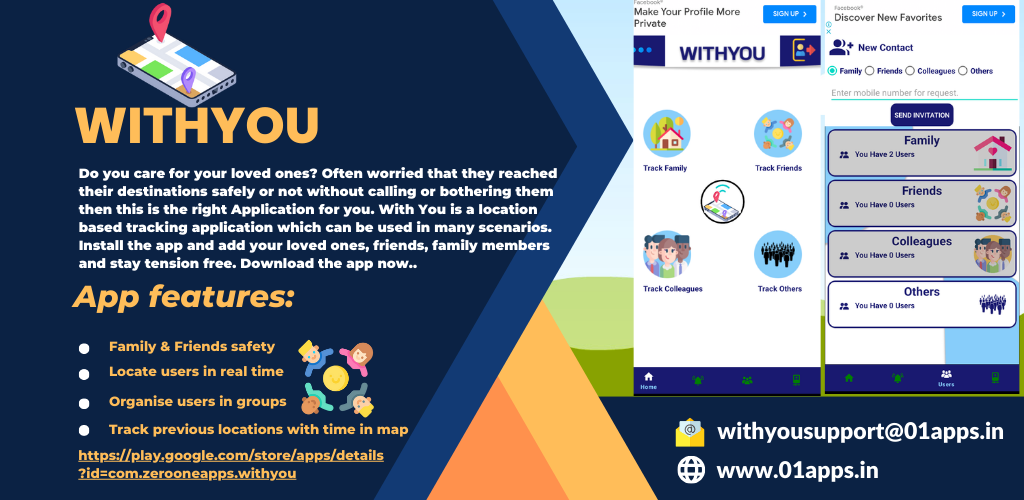Two groups of young adults were evaluated: 730 individuals from Ontario, Canada (aged 19-23 years), and 602 from Tennessee, USA (aged 21-24). All had engaged in recent binge-drinking, defined as more than four (men) or three (women) standard drinks per occasion. Participants were assessed for severity of alcohol, cannabis and other drug use, nicotine dependence, and symptoms of depression, anxiety, PTSD, and ADHD. Motivational patterns were assessed by evaluating measures that have been previously associated with alcohol misuse: alcohol demand (the incentive value of alcohol), evaluated using an alcohol purchase task; proportionate substance-related reinforcement (the level of participation and enjoyment of activities with and without alcohol or other drugs), assessed using a questionnaire; and delay discounting (a preference for smaller immediate rewards or larger delayed rewards), evaluated using a decision making task.
The data revealed three distinct subgroups in both the Canadian and American participants. The largest subgroup had relatively low substance severity and psychopathology. However, two smaller subgroups (together comprising around one quarter of participants) exhibited higher levels of anxiety, depression, PTSD, ADHD, and/or smoking. These higher-risk subgroups differed from the lower-risk participants across the three motivational measures, albeit with some variation by measure and country. The high-risk groups valued alcohol higher, reported a greater proportion of their day-to-day activities involving alcohol, and devalued larger future rewards compared to smaller immediate rewards more steeply. This suggests that the high-risk groups also exhibited problematic motivational profiles.
By revealing parallel subgroups in two distinct samples from two countries, the findings suggest it is a bad idea to apply a one-size-fits-all perspective to young adult drinking. Furthermore, they provide a basis for further examination of what drives young people’s binge drinking behavior over time, and may provide insights into why some, but not all, ‘age out’ of binge-drinking. In the future, these results may inform screening to identify particularly high-risk individuals within the large population of binge-drinking young adults, and intervention strategies that address the psychiatric and motivational patterns observed in the high-risk groups.
Latent profile analysis of heavy episodic drinking in emerging adults: a reinforcer pathology approach. M. Minhas, A. Oshri, M. Amlung, A. Dennhardt, M. Ferro, J. Halladay, C. Munn, J. Tucker, J. Murphy, J. MacKillop (pages xxx).
ACER-20-4397.R2


